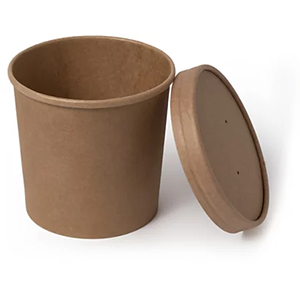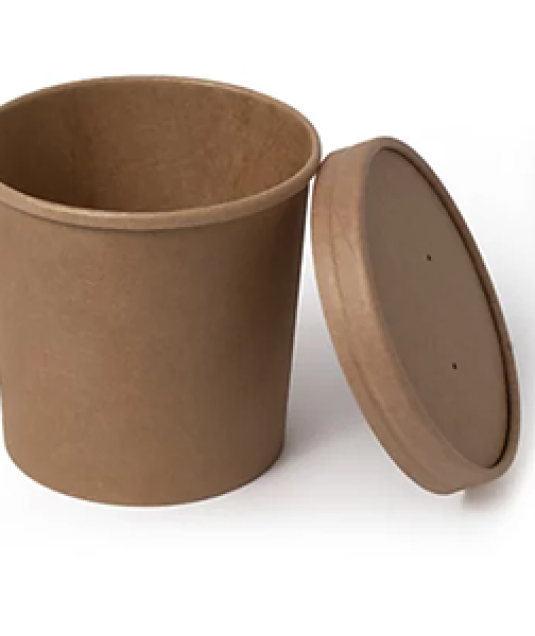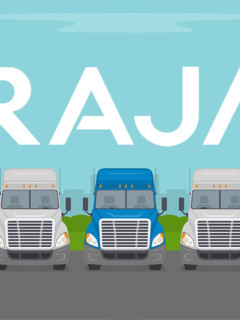In 2014, 311 million tonnes of plastic were produced from petroleum worldwide. If we continue with our lifestyles and habits as before, this figure is expected to quadruple to 1124 million tonnes by 2050.
Only just under half of the plastic waste is recycled. What are the problems and possibilities of recycling plastic?
Recycling rates in Germany
More than 70 per cent of German packaging waste was recycled in 2016. While the rates for glass, aluminium, steel, paper and cardboard are each around 90%, only just under half of the plastic is recycled.
Why is there so much packaging waste in the first place? According to the Federal Environment Agency, there are these reasons, among others: Smaller portions for single households, online mail order and the trend towards “to go” consumption, as well as additional functions such as dosing aids and elaborate closures.
Disposable use as a problem
Plastic is “used” in all kinds of products, but within the European Union the lion’s share, around 40%, goes into packaging. Of these, 90% are considered disposable and end up in the rubbish after a short, single use.
Environmentally, this is a disaster. But it also makes complete economic sense, says the World Economic Forum (WEF). Every year, 120 billion (!!!) US dollars end up in the rubbish after a single use!
Solution and business idea?
Michael Hofmann (HdydroDyn) is pursuing a possible approach: “Why shouldn’t plastic also be seen as a renewable resource? The source is simply not the forest where trees grow, but the cities where people produce waste every day and the amounts of waste grow.”
His huge containerised plant, which consists of several machines, cleans the waste and processes it into new material. This is then the basis for new plastic products.
Besides HydroDyn Systems in Hamburg, there are other companies that turn disposed plastic into reusable raw material through recycling: Herbold Meckesheim, Pla.to and Sorema from Italy, for example.
The problems of plastic recycling
Most of our plastic (disposable) packaging is made of composite material, which makes it almost impossible to separate. This means that different types of plastic have to be “fused” into a material that can then be reprocessed and meets the requirements of the food sector, for example. Complex – and a great challenge.
Until now, as sad as it may sound, the export of plastic waste to China has been the cheaper way. But the Chinese no longer take our waste. At the same time, the new packaging law obliges manufacturers and retailers to recycle.
So the import ban on our plastic waste to China is a great opportunity for companies that can now quickly put effective recycling plants into operation. Michael Hofmann at least is confident and expects a strong increase in turnover.
Continue reading here:
What are the alternatives to plastic in packaging in the medium and long term? And what can we already change in our consumer behaviour today?
















